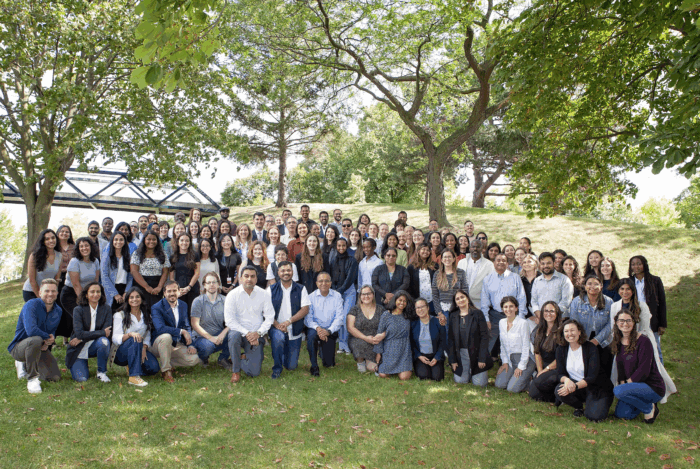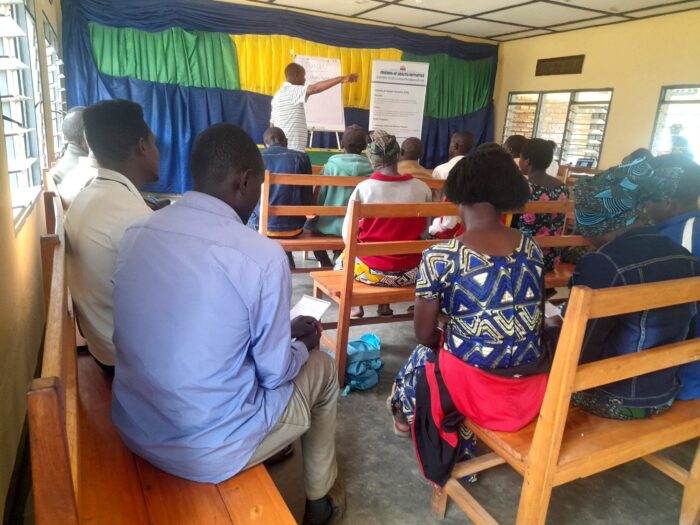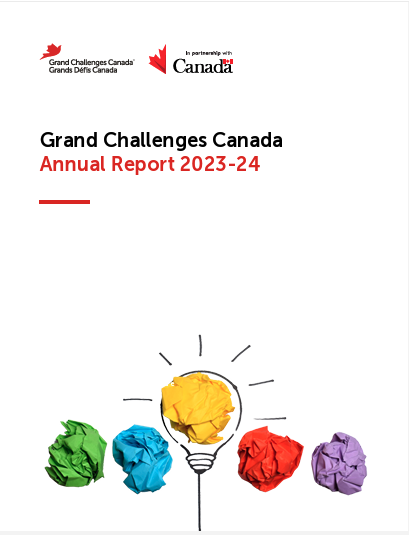The way we finance innovation is evolving faster than ever, and so are expectations of what capital can achieve. Innovative finance is entering a new chapter, one defined by bolder application and stronger collaboration to use capital as a true driver of systems change. The question is no longer why, but how: how do we design practical, creative ways to move funds faster, smarter, and with greater impact?
Philanthropy is also being redefined. Once considered less central to markets, it now stands out as one of the few forms of capital with the flexibility and risk tolerance to act. To meet the moment, it must shift to a market-shaping force that absorbs early risk, unlocks private investment, and enables systems change.
The Clinton Global Initiative’s Innovative Finance Working Group
At the 2025 Clinton Global Initiative (CGI) Annual Meeting, held alongside the 80th United Nations General Assembly, the Innovative Finance Working Group convened leading voices from across philanthropy, finance, and enterprise to identify actionable ways to move capital more effectively to where it’s needed most.

Grand Challenges Canada (GCC), funded by the Government of Canada and other partners, was proud to serve as a working group leader alongside Kiva, bringing together more than 100 experts including Sir Ronald Cohen, Jacqueline Novogratz from Acumen, and leaders from Convergence, Goldman Sachs, IFC, African Development Bank, Ownership Works, British Asian Trust, Save the Children Global Ventures, and others.
Together, we explored how catalytic and blended capital can unlock private participation and strengthen sustainable business models, the essential ingredients for scaling innovation.

“We’re not just trying to move more capital — we’re trying to move it differently,” said Karlee Silver, CEO of Grand Challenges Canada. “When we blend capital strategically and align the right partners, we can transform promising ideas into investable enterprises that achieve impact at scale.”
Guiding Principles from the Innovative Finance Working Group
Several themes from the Innovative Finance Working Group’s meeting reflect the direction of the field and the principles that continue to shape GCC’s approach to innovation and investment:
- The most flexible, risk-tolerant capital must lead the way. Philanthropic funders can play a pivotal role in absorbing early-stage risk and testing new ideas that later attract commercial and institutional investment. For GCC, this catalytic approach has been foundational, helping early innovations to mature into sustainable, investable solutions.
- True de-risking goes beyond covering early losses; it’s about aligning incentives across the capital stack. By structuring investments so that concessional capital takes on the early risks, it creates the confidence and conditions for private investors to engage earlier. For GCC, this means sequencing grants, debt, and equity to demonstrate viability, lower transaction costs, and create investable pathways for institutional and commercial partners.
- Connecting what already works through shared frameworks, standards, and partnerships is the path forward for venture philanthropy, outcome-based models, and public–private investment platforms. For GCC, leadership in the Innovative Finance Working Group and other initiatives reflect our commitment to build alliances that turn innovative financing models into collective, scalable practices.
Looking ahead
The CGI Innovative Finance Working Group meeting in 2025 marked the return to the working group format since 2017 and the beginning of a new chapter. Alongside our CGI partners, we will continue to advance a Community of Practice to deepen collaboration and co-develop frameworks that make catalytic finance more efficient and scalable.
Grand Challenges Canada remains committed to using catalytic and blended capital to scale high-impact innovations, translating early-stage ideas into sustainable, investable solutions.



































